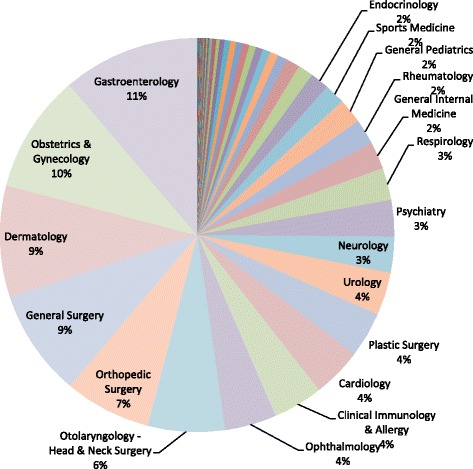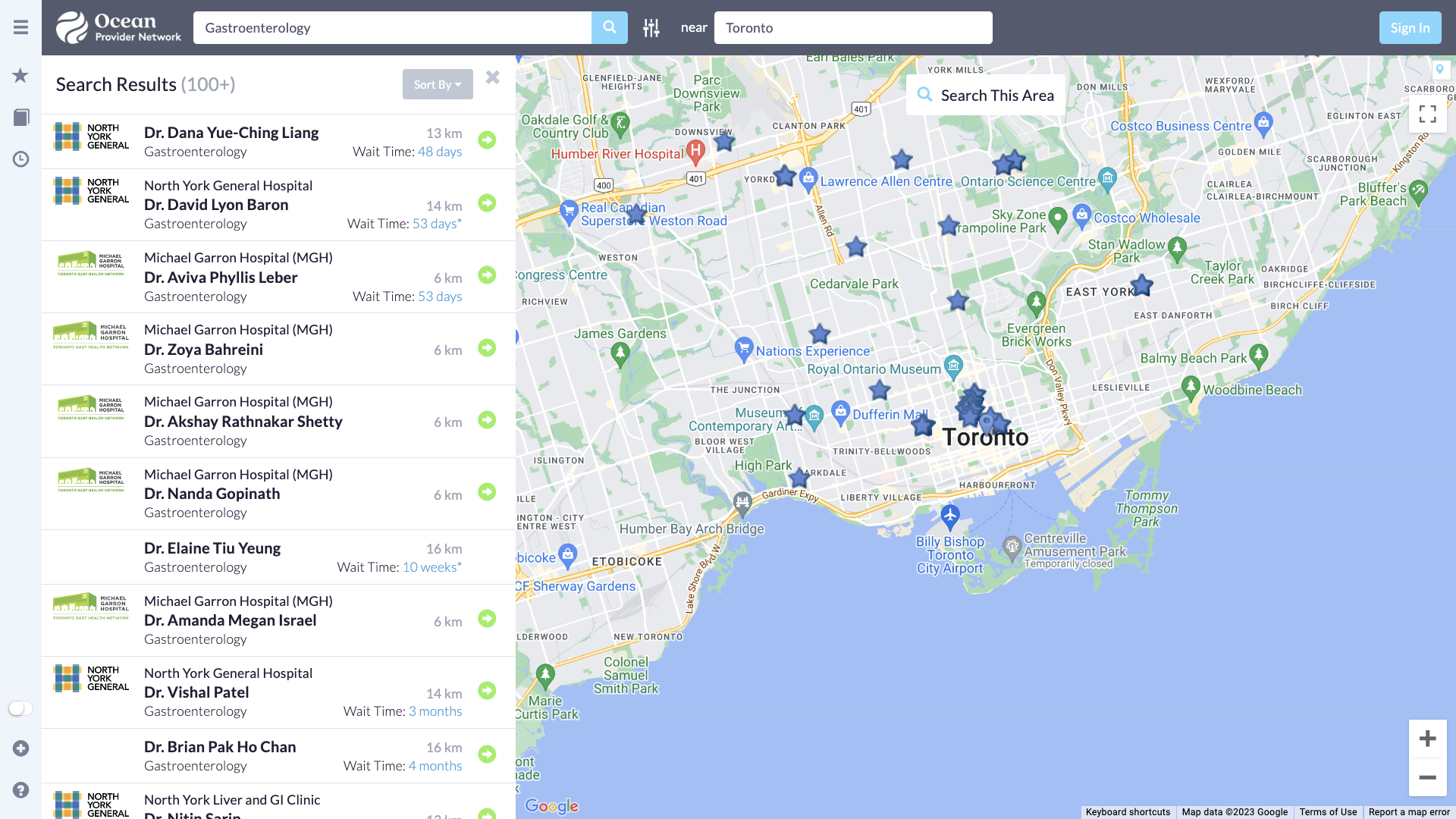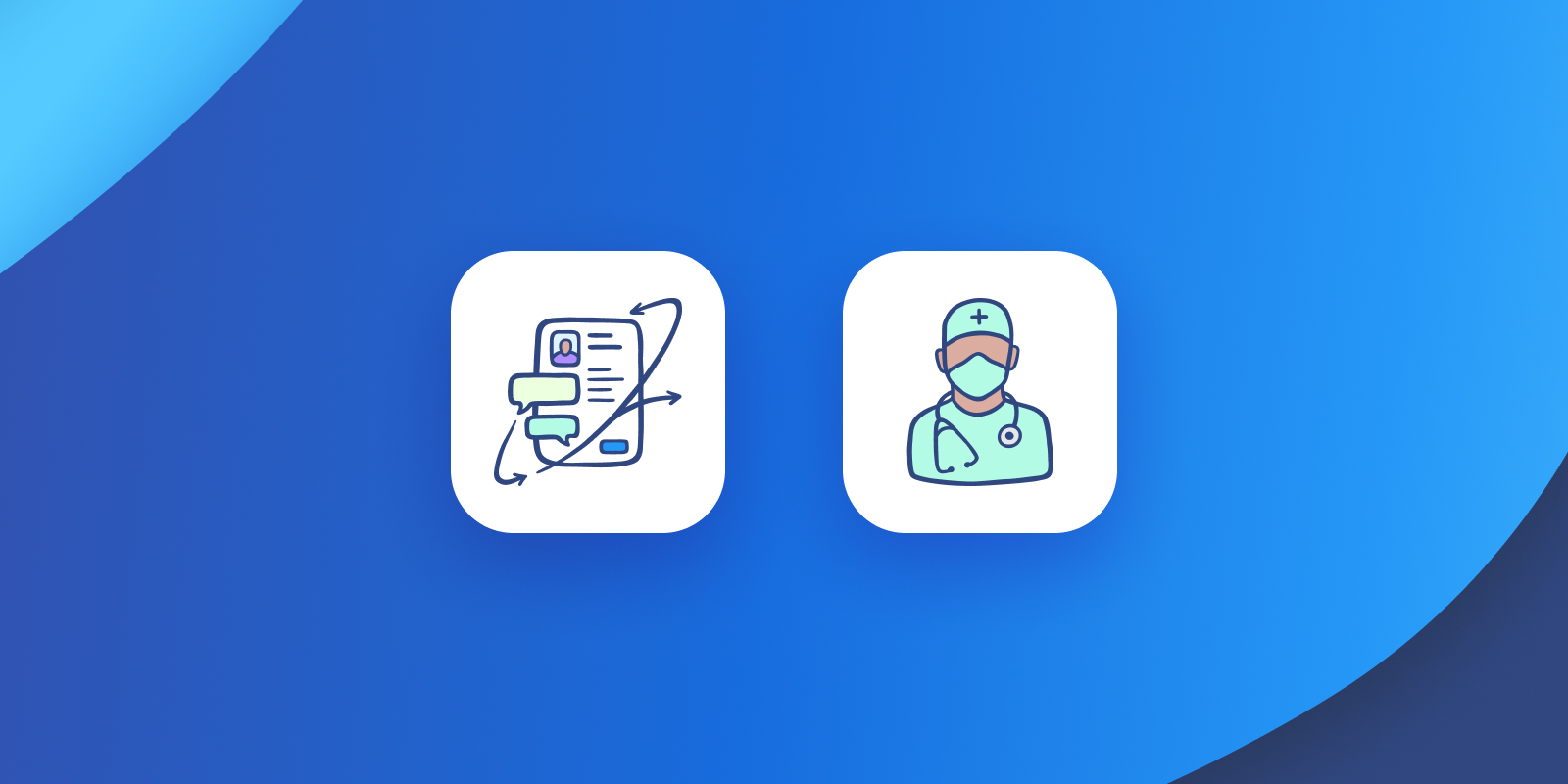With high referral volumes for both preventive and curative procedures, gastroenterology is among the most common and critical referral pathways in Canadian healthcare. In this eReferral Spotlight, we take a closer look at how innovative clinics and hospitals are using Ocean to improve their efficiency, capacity and the end-to-end experience for patients and providers alike.

Liddy, Clare et al. “Primary care physician referral patterns in Ontario, Canada: a descriptive analysis of self-reported referral data.” BMC family practice vol. 18,1 81. 22 Aug. 2017, doi:10.1186/s12875-017-0654-9
Gastroenterology accounts for the largest share of referrals from primary care in Ontario
11% Gastroenterology
10% Obstetrics & gynecology
9% Dermatology
9% General Surgery
Nearly two thirds of gastro referrals are for colonoscopies.
Moment in time: Pandemic puts screening on hold
While the peak of the pandemic is thankfully behind us, our healthcare system is still working through the aftermath. One particularly challenging effect resulted from postponing non-emergent procedures including colorectal cancer screening and colonoscopies. This necessary precaution pushed wait lists—and subsequently wait times—to the brink, and increased the risk of being diagnosed with colorectal cancer at later stages. For such a high-volume pathway, the fallout may take years to work through.
According to one high-profile study on cancer screening led by Ontario Health:
“The COVID-19 pandemic has profoundly impacted Ontario’s cancer screening programs. In 2020, cancer screening test volumes were reduced by over 40% overall. Similar reductions have been reported by other jurisdictions. As a result, backlogs have accumulated that may take several years to recover in the absence of capacity increases or other management strategies.”
Building referral capacity with digital tools
The rapid development of digital solutions, including eReferrals, secure messaging and EMR-integrated forms, is arguably one of the (only) positive side effects of pandemic restrictions has had on healthcare. So how can providers make the most of these new technologies to ease the burden on staff in increase their capacity?
Fortunately, there are many proven solutions already supporting both primary care and gastroenterologists today. Refer to the lists below for examples and links to learn more.
Tools for Primary Care
- Automated screening workflows using Ocean Patient Messages, Patient Reminders, and Check-In Kiosks
- Fax-free referrals using Ocean eReferrals to automate transfer of care
- Commonly used Ocean Forms include the FIT, FOBT, and the colonoscopy reminder
Tools for Gastroenterologists
- Automated intake workflows using Ocean eReferrals, Online Booking and Patient Reminders
- Integrated eConsults reduce unnecessary referrals
- Commonly used Ocean Forms include the colonoscopy intake and BSC
Network effect: Leading gastroenterology centres are already online
Ontario had been actively working to #axethefax prior to the pandemic and the number of clinics and hospitals receiving gastroenterology eReferrals is quite compelling. Today, hundreds of gastroenterology listings are active the Toronto area alone, including several world-leading centres. These gastroenterologists are increasing their capacities by reducing administrative burdens and time spent on inefficient paper-based workflows.

You can review gastroenterology listings, preview expected wait times, and examine their customized intake forms all from the publicly available Ocean Healthmap.
Notable gastroenterology listings in the Toronto area include:
While challenges abound, it is a promising time for digital health innovation in Canada! Follow the links below to learn more about how the Ocean Provider Network is helping connect Canada from coast to coast.
